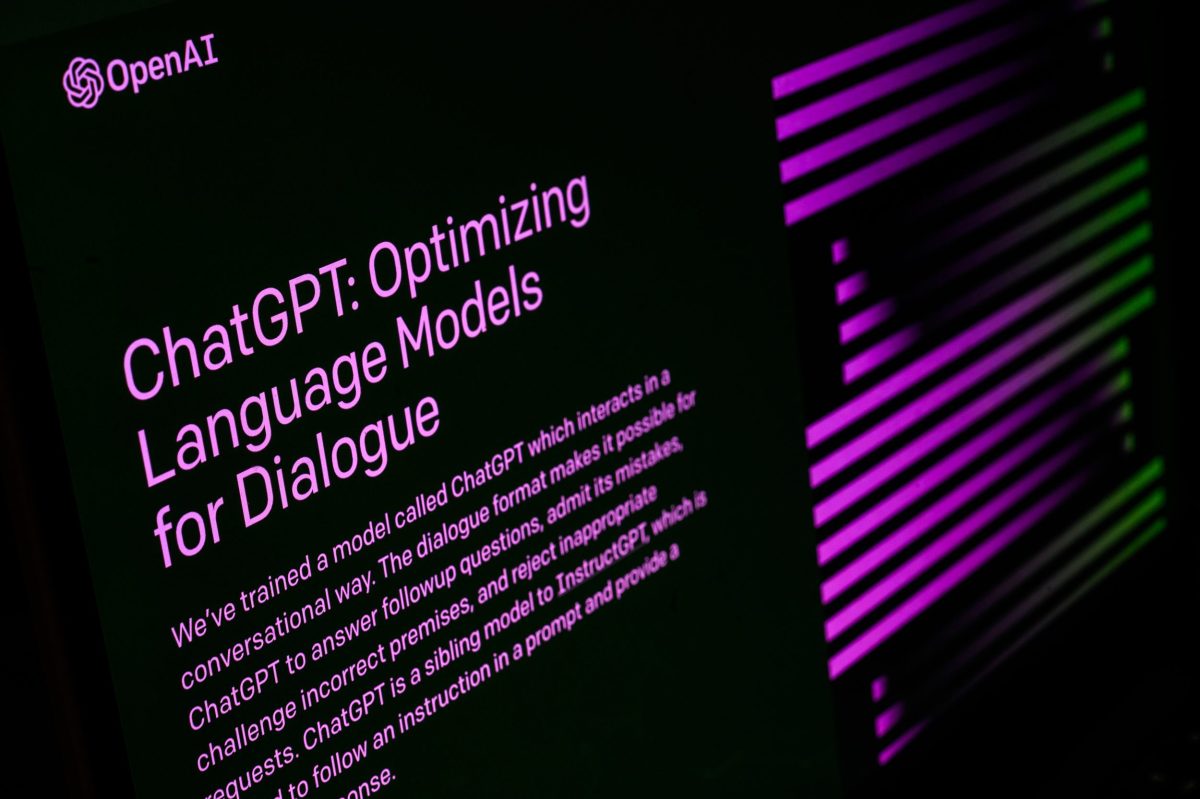Complete Guide to Understanding AI Chatbots

Understanding ChatGPT and OpenAI’s Developments in AI Technology
ChatGPT, the AI-driven chatbot developed by OpenAI, has significantly transformed the landscape of productivity tools since its introduction in November 2022. Initially designed to assist users in generating essays and code through simple prompts, ChatGPT has rapidly evolved and garnered an impressive base of 300 million weekly active users.
OpenAI’s Advancements in 2024
The year 2024 marked a milestone for OpenAI with exciting collaborations and product launches. A crucial partnership with Apple introduced a generative AI service called Apple Intelligence, aimed at enhancing user experiences. Additionally, the release of GPT-4o, featuring voice capabilities, and an anticipated text-to-video model named Sora captured significant attention in the tech community.
Amidst these advancements, OpenAI experienced internal challenges, notably the departures of key executives like co-founder Ilya Sutskever and CTO Mira Murati. Furthermore, the company faced legal struggles, including copyright infringement lawsuits from Alden Global Capital newspapers and an injunction from Elon Musk aimed at halting OpenAI’s shift to for-profit operations.
Facing Competition in 2025
As 2025 unfolds, OpenAI grapples with perceptions of trailing behind Chinese competitors, such as DeepSeek, in the AI race. In response, the company is strengthening its relationships with U.S. government officials, aiming to secure support as it embarks on a major data center project. OpenAI also appears poised for one of the largest funding rounds in history.
Key Updates and Developments Timeline
April 2025 Highlights
Cloud Integration Plans
OpenAI is exploring a strategy that would allow its open AI model to collaborate with cloud-hosted models for better performance. This initiative aims to enhance the chatbot’s ability to handle more complex inquiries.
Launch of an Open AI Model
OpenAI is set to introduce an openly accessible AI model that users can download freely, without the need for an API. Aidan Clark, VP of research at OpenAI, leads this ambitious project.
GPT-4.1 Model Insights
In mid-April, OpenAI introduced GPT-4.1, which, despite being a new model, reportedly performs less reliably than its predecessors. Notably, the company did not release safety cards for this version, claiming it was “not a frontier model.”
Transparency Issues with the o3 Model
After discrepancies were found between expected and actual performance on benchmarks, OpenAI has faced scrutiny over its testing transparency. The o3 model, initially estimated to solve a significant percentage of complex questions, underperformed in reality.
Cost-Effective Flex Processing
An innovative API feature called Flex processing was introduced, allowing users to access AI models at a reduced cost, albeit with slower response times and potential resource limitations. This feature is currently in beta testing for non-production tasks.
New Safety Measures
Recent updates to OpenAI’s models include a safeguard against biohazard threats, ensuring that AI-generated advice does not pose risks for harmful actions. This monitoring system will be implemented for its latest reasoning models.
March 2025 Developments
Release Plans for Open AI Language Model
OpenAI announced intentions to release its first open language model since GPT-2. This initiative involves gathering feedback from developers through events in San Francisco and plans for further sessions in Europe and Asia.
Changes in Content Policy
The company has revised its content moderation policies, allowing ChatGPT to generate images of public figures and controversial subjects after previously denying such requests, reflecting a shift in OpenAI’s approach to content creation.
Leadership Changes
OpenAI has made updates to its leadership team, with COO Brad Lightcap taking charge of global expansion while CEO Sam Altman focuses more on research initiatives.
Enhancements to Image Generation
The recent upgrades to ChatGPT’s image generation capabilities have driven significant user engagement, leading to the production of over 700 million images since the introduction of this feature.
OpenAI continues to face challenges as it navigates a competitive market filled with rapidly advancing technology and evolving user expectations. Understanding these updates and adjustments provides insight into the exciting developments surrounding AI technology today.






